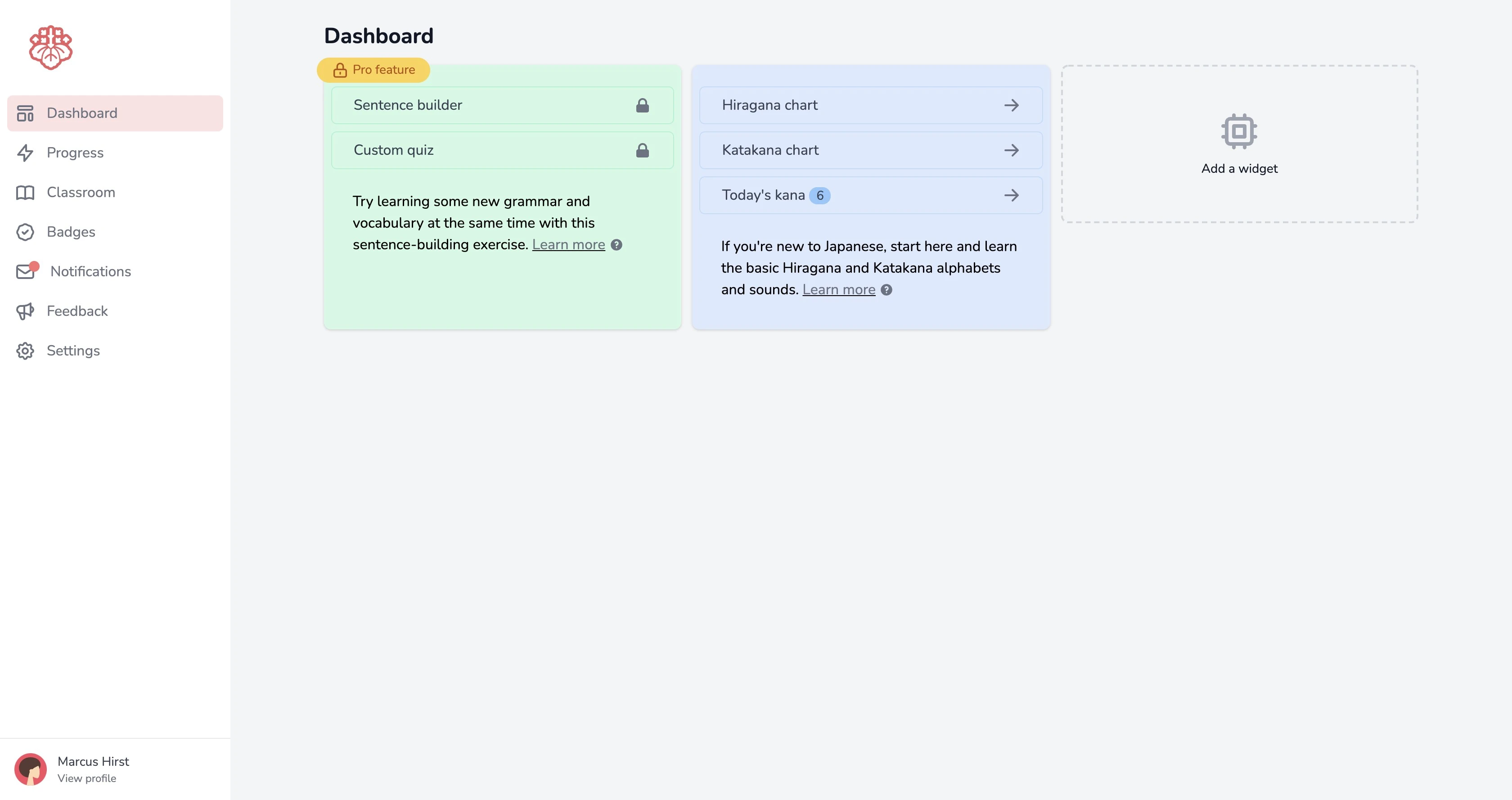
Romanisation
A minute read · Mon 27 SeptemberRomanisation
Japanese Kana don’t sound exactly like they do when using romaji. It’s a good start, and we use the Hepburn system of translation. The biggest difference to note is the ‘R’-line. Japanese ‘R’ sounds are a cross between ‘R’ and ‘L’. Try saying “ree” and then “lee”. Notice when saying “ree” that your tongue doesn’t touch the roof of your mouth, and does in “lee”. For the Japanese ‘R’ you want to pronounce the ‘R’ by just lightly brushing your tongue with the roof of your mouth like flap not as much as in “lee”.
ん is an interesting Kana. There are no words in Japanese which begin with ’N’. Following the Hepburn translation system, you’ll sometimes see ん translated as ’N’ or ‘M’ depending on the letter that proceeds it. In Japanese, ん is always pronounced as ’N’.
ん is an interesting Kana. There are no words in Japanese which begin with ’N’. Following the Hepburn translation system, you’ll sometimes see ん translated as ’N’ or ‘M’ depending on the letter that proceeds it. In Japanese, ん is always pronounced as ’N’.
Was this article helpful?
Want to learn even more? Start your free Pro trial today.
You learn or relearn even faster and become more confident with a small time investment each day.
Start your free trial

